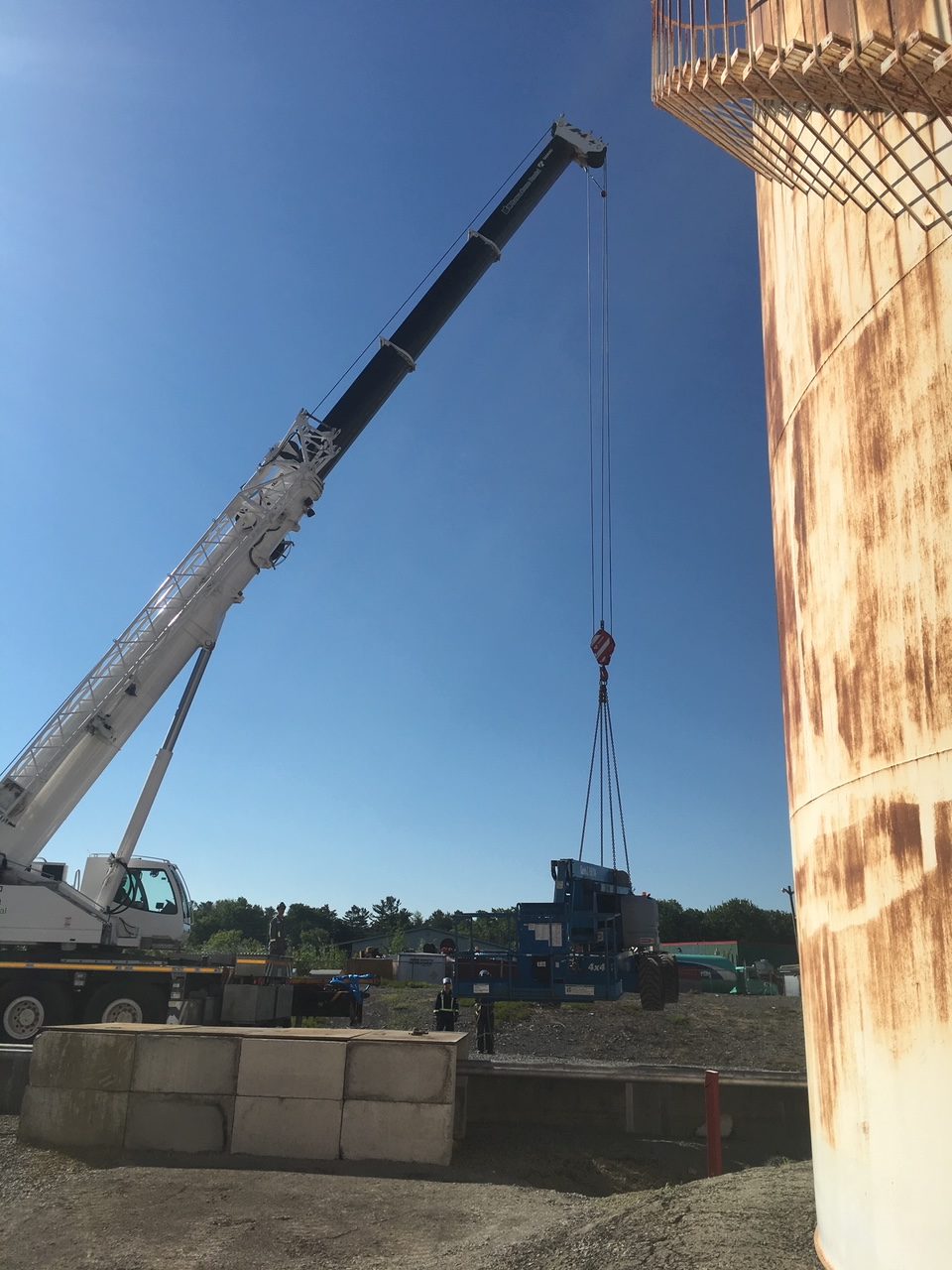
When installed correctly, underground storage tanks represent an excellent investment for Canadian businesses. In order to comply with legislation, underground tanks must be installed in such a way that contamination of soil and groundwater cannot occur, and all components must be certified in accordance with Section 14 of the Storage Tank Systems for Petroleum Products and Allied Petroleum Products Regulations (the regulations).
Underground storage tanks must be protected from corrosion, spills must be contained, they must have an overfill protection, and be double-walled. They must also be installed by trained experts, using the most appropriate excavation techniques to minimize environmental disruption and to ensure operator safety. The options for excavation fall into two categories – hydro and mechanical.
Mechanical excavation technique
This is the name given to the traditional process of digging with excavation machines or hand tools. It is a labour intensive process and requires the use of skilled workers to excavate a site quickly and efficiently.
When operated correctly, mechanical excavation is a quick process but miscommunications and mistakes can occur and inject time delays into the completion of the dig, such as injury to personnel or accidental contact with water mains which need to be repaired prior to completing the excavation.
Hydro excavation technique
Hydro excavation is a modern process whereby underground utilities are exposed with the use of high pressure water and a high-speed vacuum. It is a popular process as operators remain safe at the surface and are protected from ground slips, leaks and accidental exposure to gas or water mains.
This method of excavation is less invasive than mechanical excavation and can represent a reduced cost as the more precise process also results in a shorter period of surface restoration.
The law on petroleum tanks
Regardless of the chosen method of excavation, in order to comply with Section 46 of the regulations, the underground storage tank must be installed by an approved person and the as-built drawings stamped and signed off by a professional engineer. These drawings, as well as records of the design and the installation of the system have to be kept by the business that commissioned it for the entirety of its lifetime.
The company must also ensure that accidental leaks cannot occur into the environment during the transfer and fuelling process, and that an emergency plan is in place prior to the first fuelling.
If, at a later point in time, the decision is taken to remove the underground storage tank, it will need to be removed in its entirety. This includes the tank itself as well as all of its piping and components. The date of removal must be recorded along with evidence that an approved person carried out the removal. This excavation process must likewise take into account all health and safety and environmental considerations in order to ensure that the most appropriate process is utilized.
Summary
Both mechanical and hydro excavation processes are valid choices for preparing a site for an underground storage tank and expert advice should be sought to determine which is most appropriate for any particular situation.
Resources:
[1] https://pollution-waste.canada.ca/environmental-protection-registry/regulations/view?Id=86